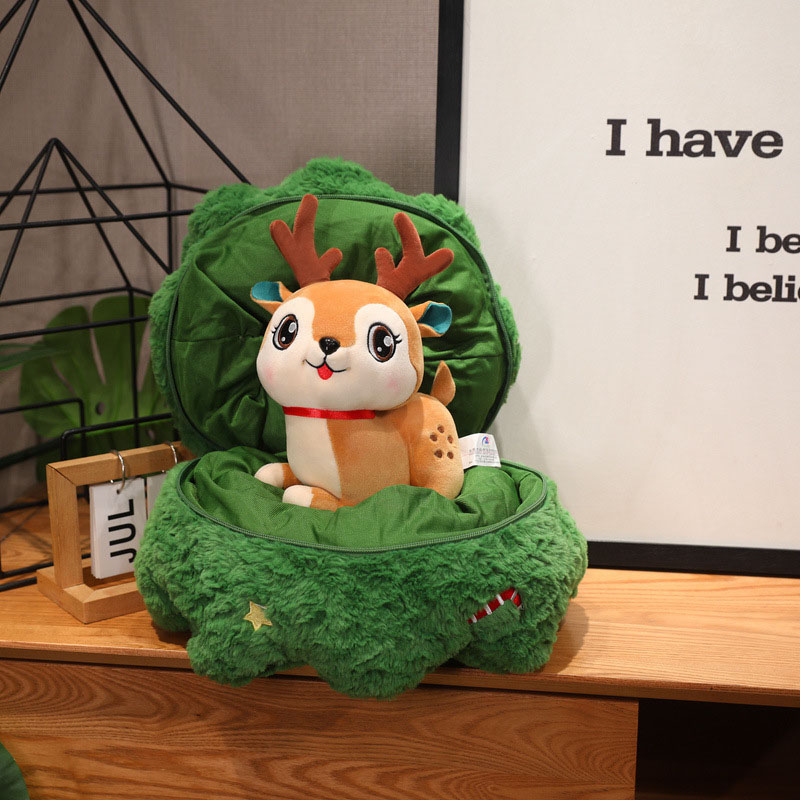Market competition of Cartoon Plush Toys
2025-06-13
The market competition for cartoon plush toys is highly dynamic and influenced by trends in pop culture, licensing deals, and shifts in consumer preferences. Here’s an overview of the competitive landscape:
1. Major Players
Global Brands: Companies like Disney, Sanrio, Hasbro, and Mattel dominate with licensed characters from films, games, and TV shows.
Emerging Brands: Smaller studios and indie creators often leverage platforms like Etsy or Kickstarter to launch niche characters or designs.
Retail Giants: Walmart, Target, and Amazon control significant distribution, favoring well-known or trending IPs.
2. Key Competitive Factors
Licensing and IP: Owning or licensing popular characters (e.g., Pokémon, Hello Kitty, Peppa Pig) is critical.
Design and Innovation: Unique designs, multifunctional toys (e.g., reversible plushies), or customization options increase competitiveness.
Price Sensitivity: Mass-market plush toys compete heavily on cost, while collectors may pay premiums for limited editions or handmade items.
Production Quality: Material softness, stitching, and safety standards influence brand reputation and consumer loyalty.

3. Market Segments
Children’s Toys: Focused on safety, education, and appeal to parents.
Collector’s Market: Appeals to older fans of franchises like anime, gaming, or nostalgia (e.g., 90s cartoons).
Promotional Items: Used in marketing campaigns (e.g., McDonald's Happy Meal toys).
4. Trends Intensifying Competition
Crossover with Digital IPs: Games and VTubers (e.g., Genshin Impact, Hololive) entering the plush market.
Sustainability Demand: Eco-friendly materials and ethical manufacturing are becoming important differentiators.
Social Media Influence: Viral trends (e.g., TikTok plush toy crazes) can shift market focus overnight.


